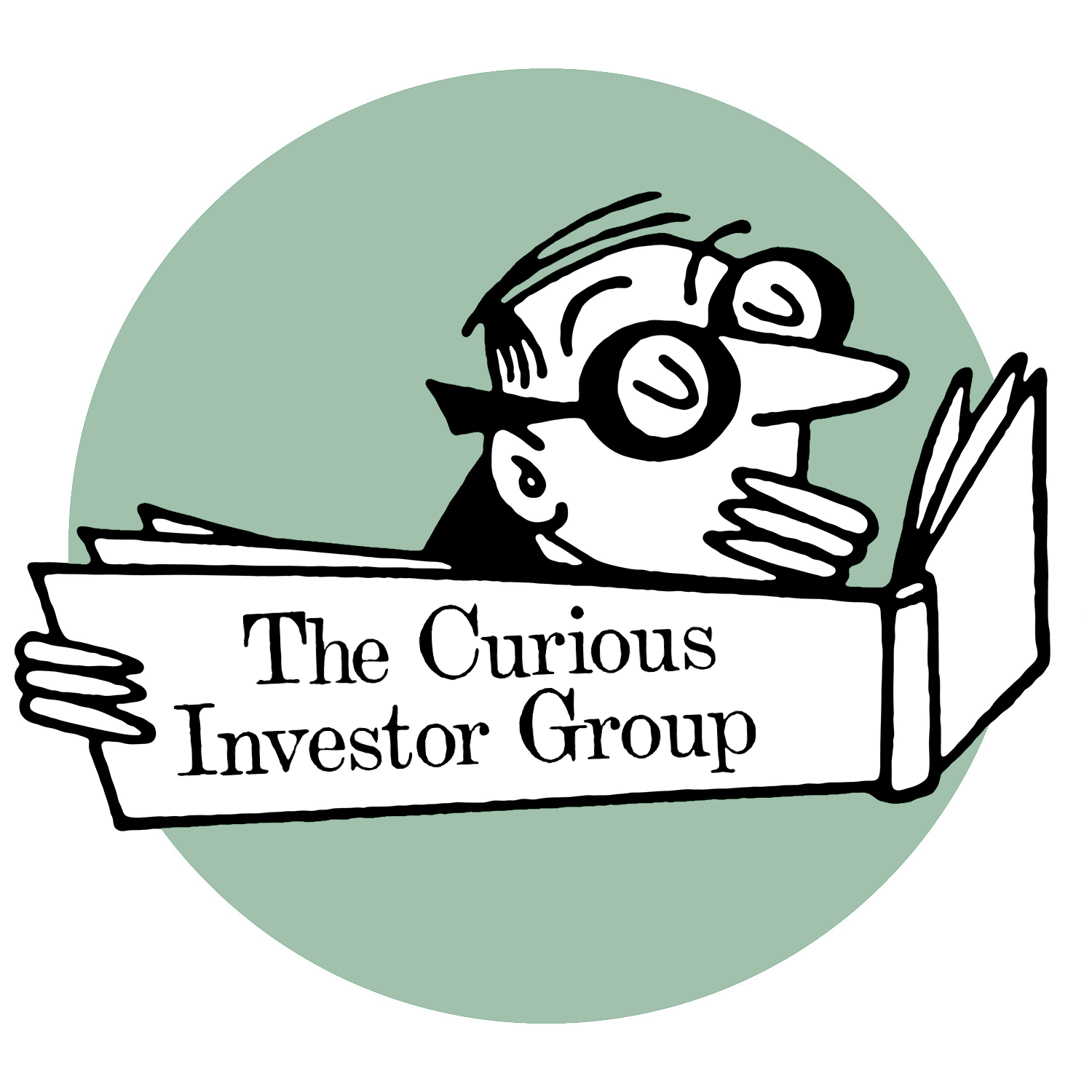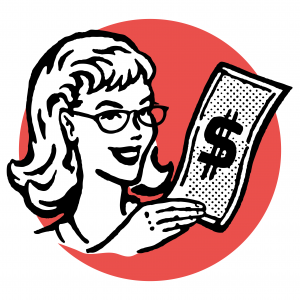There’s no need to be beastly to the hun if the hun are being beastly to themselves.
Who needs fake news when the real news is scarcely believable? The Daily Telegraph, Britain’s most traditional and patriotic broadsheet newspaper, is eulogising Germany (of all countries) for a massive spending increase on its armed forces, while also castigating the country’s extreme right wing AfD party for opposing the decision on the grounds of affordability. Truly a world turned upside down.
Since its invasion of the Ukraine in early 2022, Russia’s military performance has been described in the West as poor at worst, mediocre at best, at times breaching the rules of war and wanton in terms of the lives of its own soldiers. Common sense perhaps suggests that Russia’s armed forces can’t both be this bad and also an existential threat to the whole of Europe, but that is not the question at hand.
Without America’s blanket of freedom, Europe has decided to man up and support Ukraine with a firmness that has so far been absent in the first three years of the war. Many national leaders, under pressure at home, are choosing to strut their stuff on the international stage to impress their electorates. The real question is a simple one – can they afford to do this?
Germany has been here before. In the lead up to the start of the First World War in 1914, there were those hungry for conflict, but the reality was that Germany felt itself trapped between France and a resurgent Russia, the latter in particular proving a growing threat as its economy industrialised at break-neck speed. Mobilisation in 1914 was therefore seen as a defensive manoeuvre not an offensive one, regardless of how the victorious allies portrayed events at the Versailles peace conference in 1919.
From the start, German financing of the First World War involved deception and lies. To keep confidence in the currency, the illusion that fully a third of the money put into circulation by the Reichsbank (the imperial German central bank) was backed by gold was maintained at all costs. Germans were urged patriotically to surrender their gold coins to the central bank, but more importantly, the discounting of bills was done by Loan Bureaus rather than the Reichsbank itself.
This arms-length arrangement allowed the illusion of monetary prudence and stability even as deficit financing provided the massive quantities of money necessary for the execution of the war. The claim that the reichsmark was backed by a third of its value in gold was a fiction almost from the start, but one officially maintained until well after the war’s conclusion.
The money-printing really went into overdrive in 1916 when Generals Hindenburg and Ludendorff (photos above) effectively turned Germany into a military dictatorship, doubling down on military spending in what turned out to be the futile pursuit of victory.
People are perhaps familiar with the story of the crazy money printing of 1923 and the peak of the Weimar hyperinflation. Thomas Mann, the novelist and Nobel laureate, famously described the events of that year as a “witches’ sabbath”. Less well understood is that the genesis of Germany’s inflation lay in the reckless money printing and deficit financing of the war years.
Military spending is dead money – once the guns and ammo are made, they add nothing to growth. Paying for them through taxes hits private sector growth. Paying for them through borrowing means more debt, and this eventually leads to higher inflation, higher interest rates and ultimately, should enough money be spent, questions about the solvency of the sovereign.
The Germans should know this – it is the story not only of the First World War and the subsequent hyperinflation, but also the proximate reason for Germany’s race to start the Second World War in 1939 since the economy was on the verge of an inflationary collapse following the recklessly large rearmament programme of the 1930s.
The new plan is to exempt defence spending above 1% from Germany’s famous debt break (a law passed in 2009 limiting debt growth to 0.35% of GDP per annum), while also establishing a €500b off-balance sheet vehicle for infrastructure spending. With some sleight of hand, these changes are to be forced through before the new parliament sits. (The combined far-left and far-right won a potential blocking minority in February’s elections, allowing them to stall constitutional reform in the future.)
The German economy has been a catastrophe for a number of years, but especially since the energy price increases precipitated by the 2022 Ukraine war. This was not a difficult situation to envisage – see Market Depth from April 2022 (below), a few months into the conflict.
German debt-to-GDP was 63% at the end of 2023 – a low figure compared to its EU peers, and about the only thing the country had going for it given the implosion of its industrial sector and the weakness of consumer spending.
Starting the week at 2.40%, the yield on 10yr bunds has rocketed to 2.89% at the time of writing. In part this reflects ‘market liquidity’ effects as derivative trades are forcibly unwound in the light of the new news, but more broadly, the rise in yields reflects a very indebted view Germany’s future.
Quite how other European countries with their huge stocks of debt (Italy) or massive primary deficits (France) will cope when they come out with their defence spending plans is another question. The initial rally in the euro against the dollar may well reverse as the market starts to realise all these plans means debt and inflation rather than nice, healthy growth.
While it is not clear if President Trump really wants to go all the way and leave Nato, Europe’s politicians seem to be acting as though that is what is happening. Having from the start made the question of the survival of the Ukraine also that of the survival of Europe, they have in a sense cornered themselves into the sort of doubling down Germany faced in 1916, and in economic terms, it looks like they will have to finance it the same way – through debt and presumably money-printing.
In World War One, it was Britain’s Royal Navy that tightened the noose on Germany through a naval blockade, the effect of which by 1916 was growing starvation and resource shortages for the German war effort. Europe’s leaders might want to reflect that not only are they still reliant on Russia for gas and oil (back door though this may be), they are now also heavily reliant on the US for natural gas imports.
President Trump seems pretty free and easy about sanctions and tariffs, and who knows whether energy might be a stick to beat Europe at some point. This is part of the defence calculus that has so far been absent from Germany and others’ calculations.
Like it or not, it appears that Trump 2.0 is dramatically changing geopolitics in a way which people could scarcely have imagined a few months ago. With this in mind, the last instalment of Market Depth a few weeks ago (link below) suggested that there might be a diplomatic revolution in the offing.
The unedifying sight of the spat between the US and Ukrainian leaders in the White House last week, as well as the subsequent US suspension of weapons exports and intelligence to the Ukraine suggests that a diplomatic corner is being turned.
The danger for Europe is paying up to maintain a status quo that has not only passed, but whose very existence was not theirs but America’s to decide in the first place. Rather than a massive growth story for Europe, this may turn out to be a debt and inflation one, just at a time when Germany in particular can least afford it. Once bitten, twice shy. Three times though?
This article was originally published in Market Depth and is republished here with permission.








